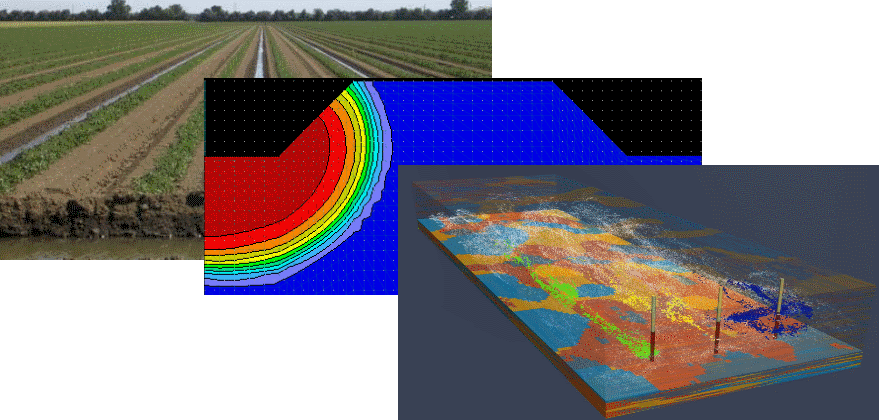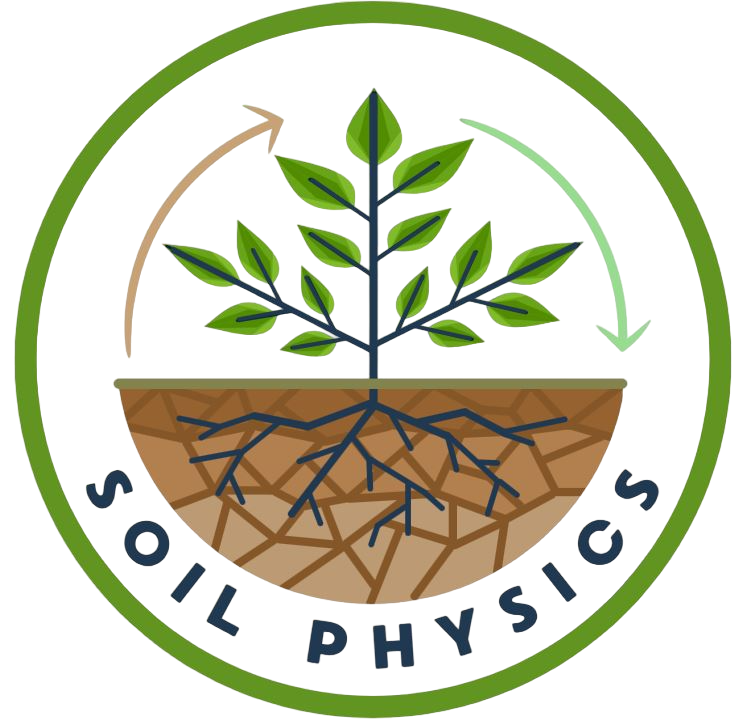Vorlesung/Übung: Modelling of Soil-Plant-Atmosphere Systems (MSc, UPT9) ()
SS 2023
Efstathios Diamantopoulos

The course aims at master students who would like to specialize in modelling agro-hydrological systems and quantitative agro-ecological system analysis. It provides a mechanistic understanding of the different physical, chemical and biological processes occurring at the Soil-Plant-Atmosphere System, along with their interactions. The covered sub-topics are:
- Water flow in soils
- Solute transport (focus on nitrate and pesticide transport)
- Heat transport
- Soil organic matter turnover
- Soil vegetation atmosphere transfer of water and energy
- Crop growth/Production
- Management practices
During the course, the Daisy model is going to be the main modelling tool. However, other modelling approaches will also be introduced by the university's lecturers and by guest lecturers. The course includes a series of short theory presentations, each followed by hands-on group exercises during which the students learn how to use Daisy and how to analyze a simple, pre-defined system. Specifically, they learn how to convert measured data to input files, how to run Daisy, and how to extract, analyze and evaluate output. In the second part of the course, the acquired knowledge is applied in the analyses of more realistic agro-ecological systems. The students will have the option to choose one, from a list of pre-defined scenarios, based on current research problems. The students will work in groups, formulate hypotheses based on their chosen scenario and use Daisy to test these hypotheses. During this phase there will be no lectures, but only consultation from the teachers. The students' work will be documented in the form of an individual report.
Course objectives
Knowledge
The students should be able to understand and explain how the Daisy model is built, i.e. the function of its major components and how these components interact with each other. They should also be able to find details on how the model works, as well as to prepare input data and to extract output for model applications.
Skills
Students will be able to apply the Daisy model to traditional agroecological system analysis including the water cycle (e.g. evapotranspiration and runoff), the carbon cycle (e.g. crop production) and the nitrogen cycle (e.g. nitrate leaching). Furthermore, they will be able to use the model for more specialized analysis, i.e. the leaching of pollutants like pesticides or natural toxins to ground water and surface waters.
Competences
The students will be able to extract and analyze relevant figures from model simulations with Daisy, interpret the results of their analyses, and draw the right conclusions.
<< Zurück zu Semester-Übersicht

